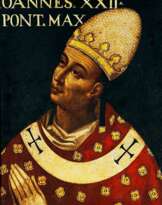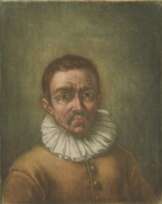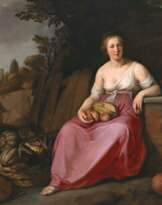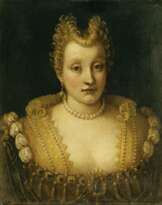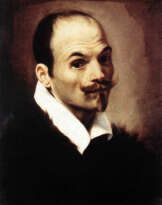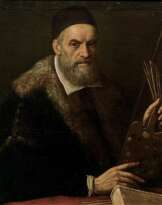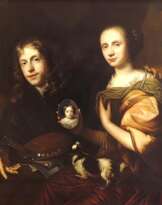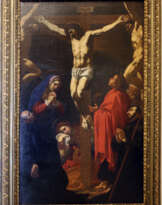Luis Tristán (1586 - 1624)

Luis Tristán
Luis Tristán de Escamilla, known simply as Luis Tristán, was a Spanish painter, born around 1585 in Toledo and active until his death in 1624 in the same city. A prominent figure in early 17th-century Spanish painting, Tristán is especially recognized for his contributions to the Mannerist style, marking a transition to a more naturalistic approach in art.
His artistic journey began under the tutelage of El Greco around 1603, a relationship that profoundly influenced his work. Tristán's style, characterized by elongated proportions and a blend of Mannerism and naturalism, was also shaped by his time in Italy, where he absorbed elements of Caravaggism. This combination of influences is evident in his significant works, such as the paintings for the main altarpiece at the church of Saint Benedict of Nursia in Yepes and "The Adoration of the Shepherds" in the Fitzwilliam Museum, Cambridge.
Tristán's work can be found in prestigious institutions such as the Louvre and the Museo del Prado, showcasing his mastery in religious subjects and portraiture. His legacy continues to inspire, with his paintings held in high regard by art collectors and experts.
For those interested in exploring the depths of Spanish Mannerism and the evolution of European art, Luis Tristán's work offers a unique window into this transformative era. Sign up for updates on new product sales and auction events related to Luis Tristán and delve deeper into the world of this remarkable artist.
| Date and place of birt: | 1586, Toledo, Spain |
|---|---|
| Date and place of death: | 7 december 1624, Toledo, Spain |
| Period of activity: | XVII century |
| Specialization: | Artist, Painter |
| Art school / group: | Tenebrismo toledano |
| Genre: | Portrait, Religious genre |
| Art style: | Mannerism |
